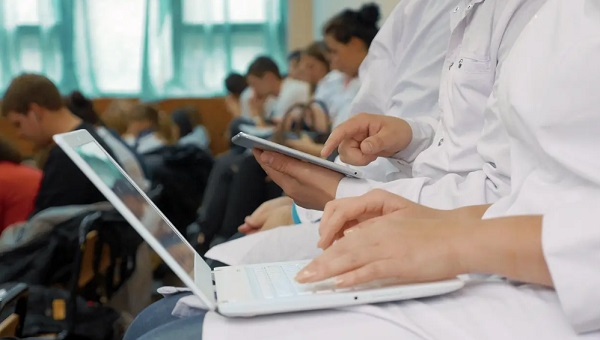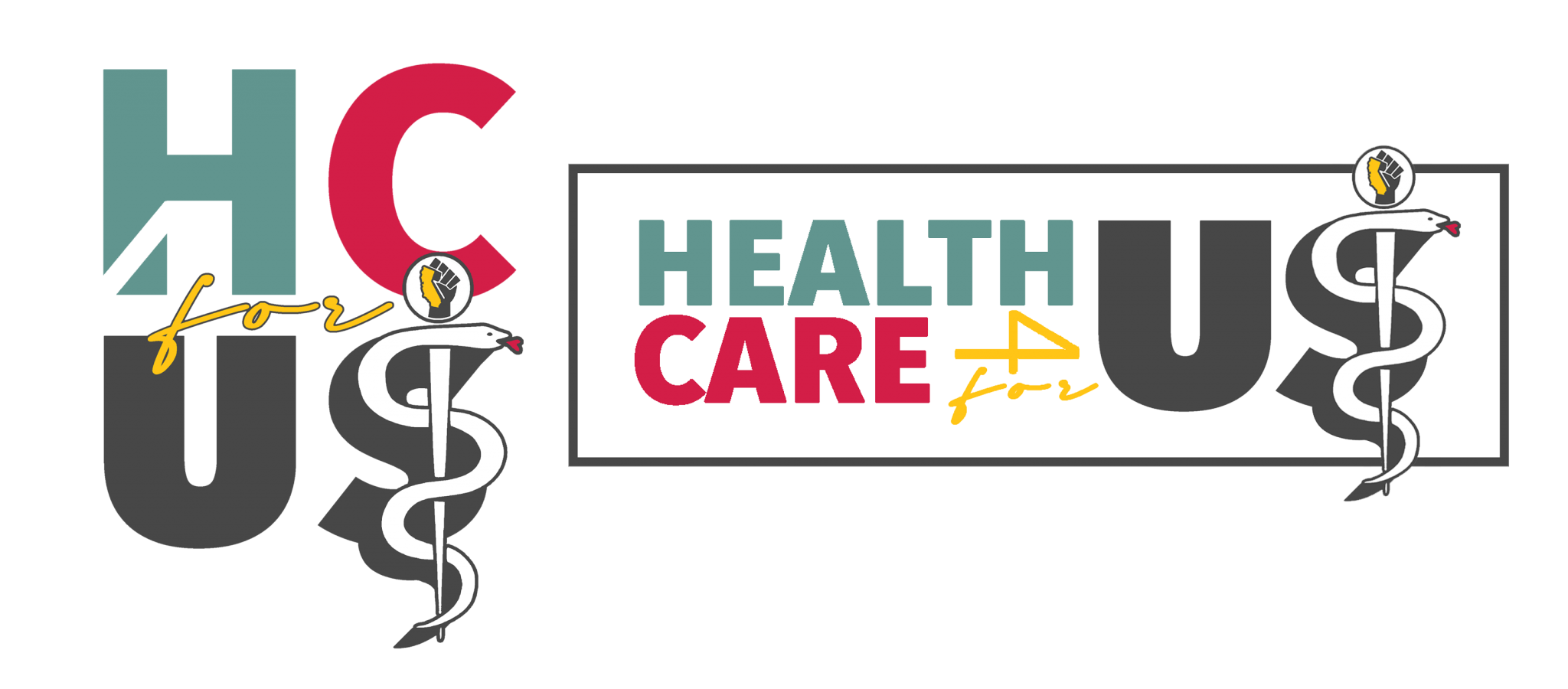How Will Tomorrow’s Medical Students Be Different?
by Arthur Lazarus, MD, MBA
November 11, 2023
 The future of medical students appears promising and challenging at the same time. While there will be abundant opportunities for medical students to explore various fields of medicine, they will be challenged by high stress levels, financial burden, and unprecedented competition for prestigious residencies. How will they fare? In what ways will tomorrow’s medical students be different than past generations? Here is a brief overview of what medical school applicants can expect, and how their training will provide an advantage over previous graduates, in my opinion.
The future of medical students appears promising and challenging at the same time. While there will be abundant opportunities for medical students to explore various fields of medicine, they will be challenged by high stress levels, financial burden, and unprecedented competition for prestigious residencies. How will they fare? In what ways will tomorrow’s medical students be different than past generations? Here is a brief overview of what medical school applicants can expect, and how their training will provide an advantage over previous graduates, in my opinion.
A main advantage comes from training prior to matriculation into medical school. Many of the standards for acceptance into medical school by which my generation (Baby Boomers) and others were judged are no longer relevant. The soft sciences — as opposed to the hard sciences — now have standing in premedical curricula, especially courses in psychology and sociology. At Philadelphia area medical schools, for example, calculus is required at only one of eight. MD or DO granting institutions (Penn State).
The Association of American Medical Colleges (AAMC) added a psychology-sociology (“psych-sosh”) section to its MCAT standardized admissions exam in 2015. The revised MCAT reflects the importance of learning how to think and solve problems, with more questions requiring that future doctors use analytical skills rather than simply memorize material. Prerequisite courses in the social sciences may also yield students who are emotionally intelligent as well as clinically competent.
It’s telling that in a survey of physicians. trained in my era — those graduating college between 1955 and 1982 — the greatest unmet need was “skill with people,” and my peers wished they had taken more courses in art, history, literature, and music while in college. Nowadays, some of those subjects are expected if students want to earn a spot in medical school, even if they reserve the right to “fall asleep in [their] seats during lectures,” writes. acclaimed physician-author Chris Adrian, MD.
After decades of welcoming science nerds, medical educators have finally placed more emphasis on the humanities in medicine. Medical students need to be competent in the humanities in order to converse intelligently with a heterogeneous health-conscious public. Once accepted into medical school, students can augment their literary competence through narrative medicine programs, now offered at roughly 80% of medical schools. These programs aim to teach medical students sensitive interviewing and empathic listening skills, combined with storytelling and writing skills to acknowledge the struggles of their patients, as well as their own.
The AAMC has also created an optional exam to evaluate the “situational judgment” of students applying to medical school. The Professional Readiness Exam, formerly known as the AAMC Situational Judgment Test, consists of 30 hypothetical scenarios and 186 related questions that test the effectiveness of students’ remedies to hypothetical situations encountered in the classroom and practice. The appropriateness of students’ responses is a proxy for their readiness to enter medical school, as determined across eight core competencies such as service orientation, cultural competence, and teamwork.
[READ FULL ARTICLE HERE]

